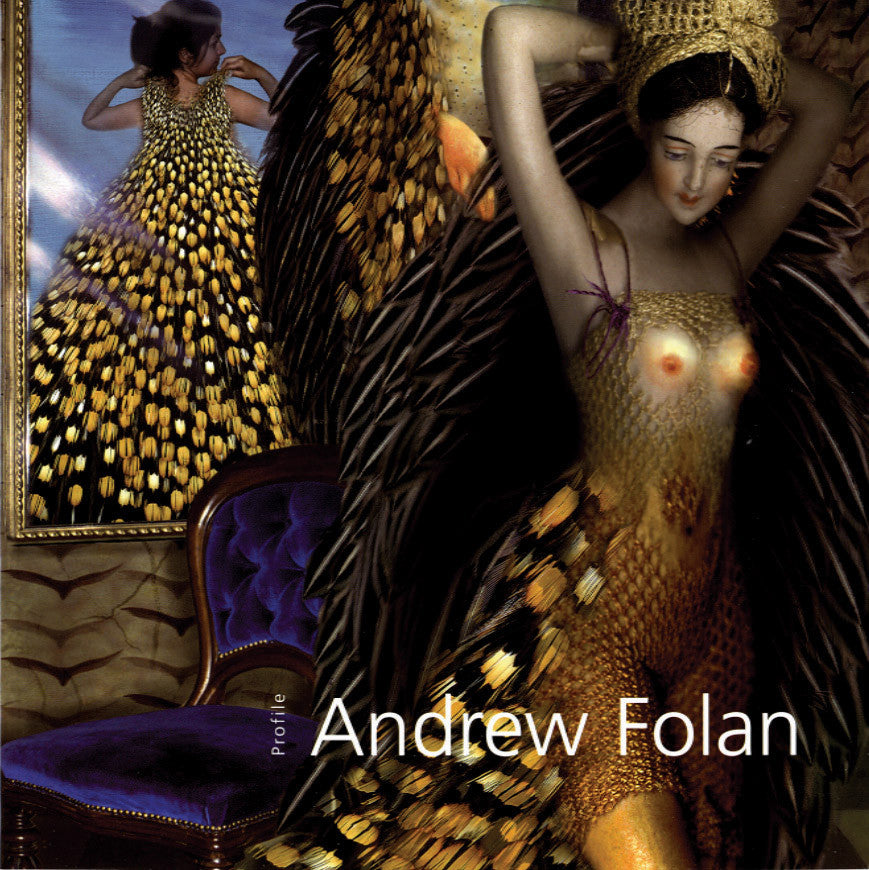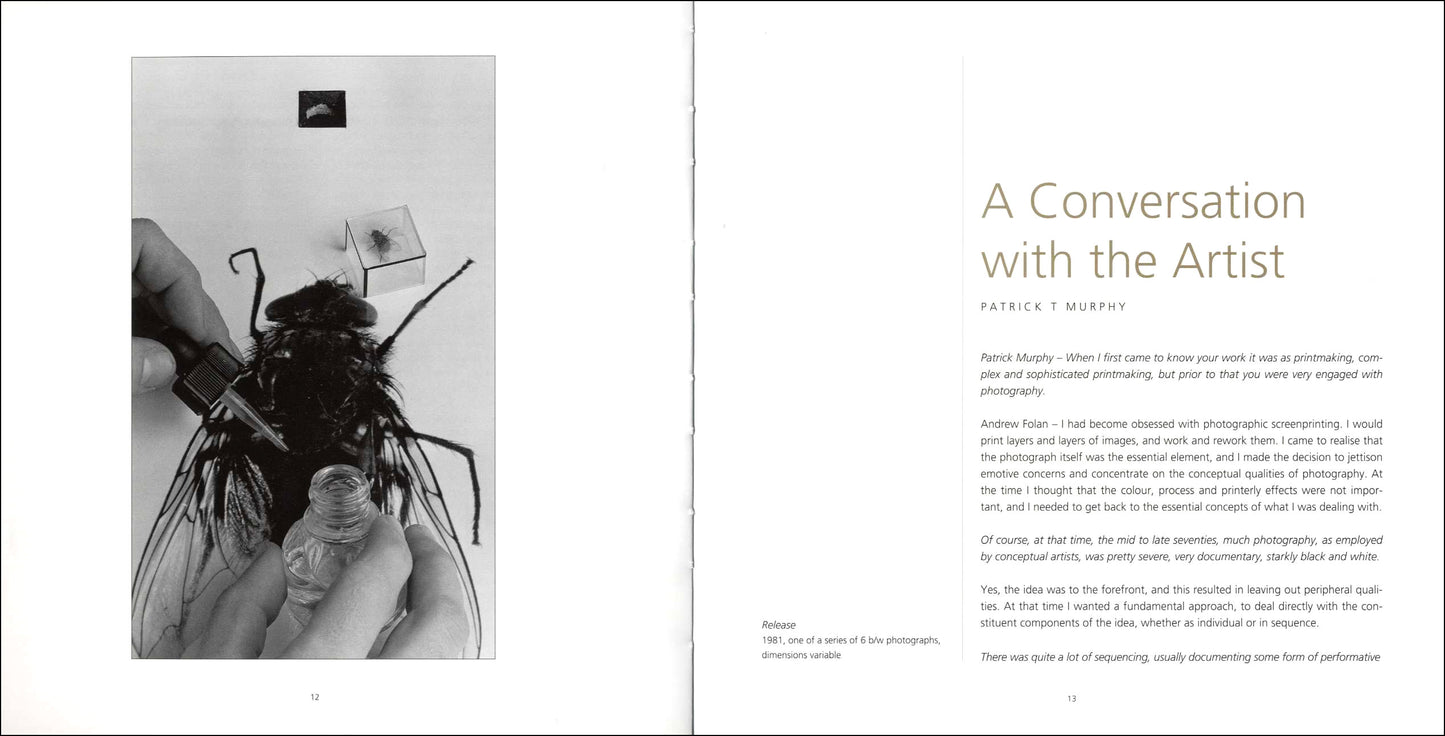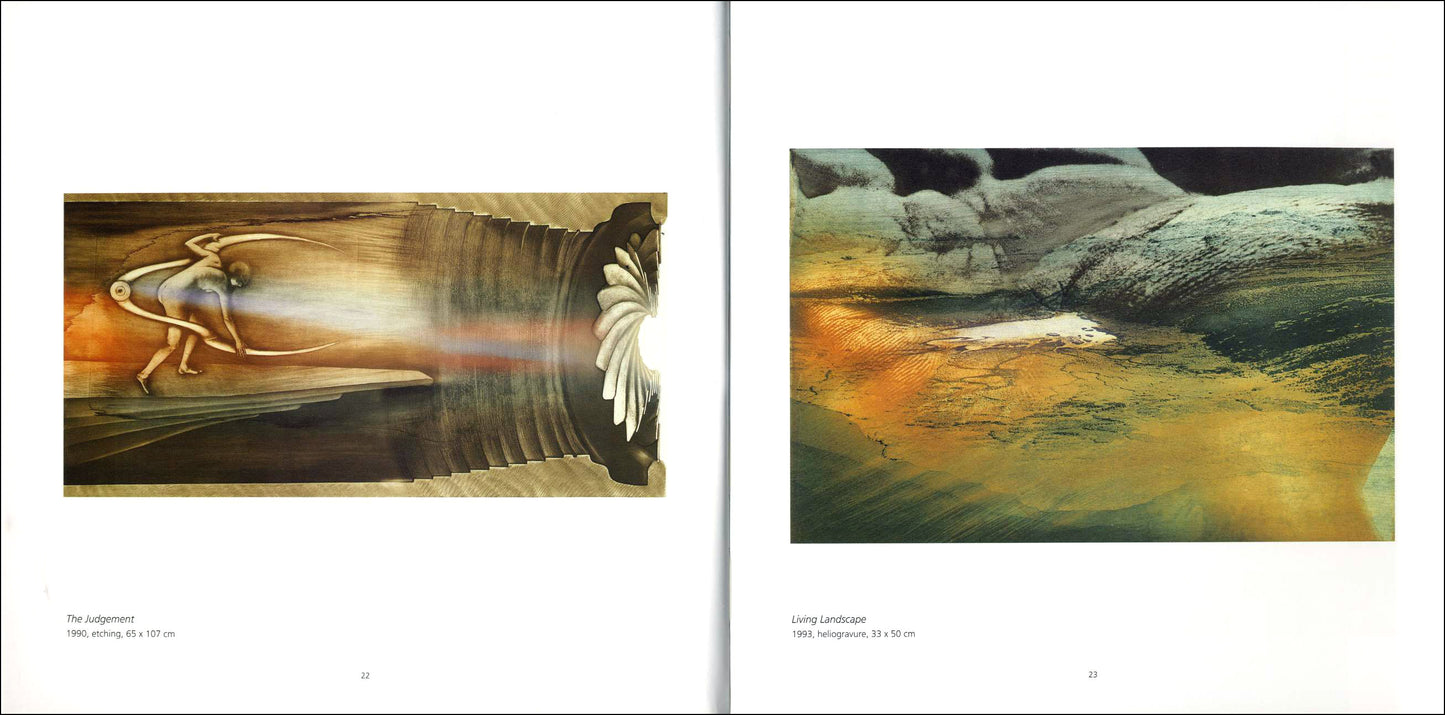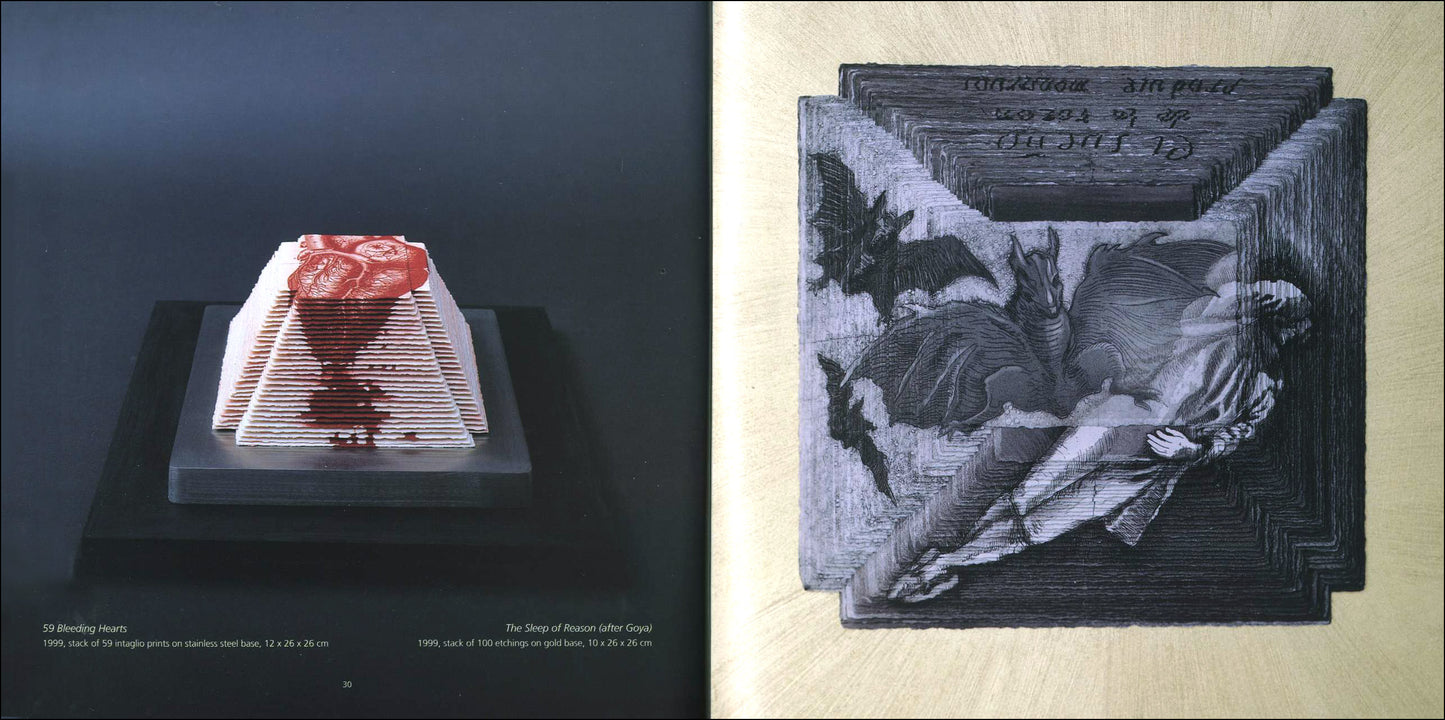Gandon Editions
Profile °17 – ANDREW FOLAN
Profile °17 – ANDREW FOLAN
Couldn't load pickup availability
Share
essay by Paul O’Brien; intro and interview by Patrick T Murphy
ISBN 978 0946641 918 60 pages (paperback) 22.5x22.5cm 57 illus
Andrew Folan belongs to an important generation of artists, born in the mid-fifties, who began to eschew the nationalist self-absorption that was the preoccuption of many of their predecessors. In his essay ‘Under the Surface’, Paul O’Brien expertly negotiates his way through Folan’s rich and complex series of works, explaining how Folan operates between rigorous conceptualism and reflection on the process of art-making on the one hand, and more personal psychological delving on the other. He introduces us to Folan’s early influences, to his use of themes of voyerism and surveillance, the unconscious, surrealism, Folan’s fascination with the Gothic, the biographical content of certain works and his interest in psychology. Folan talks about his early use of photography and his return to print-making, his development towards three-dimensional work and his subsequent transition into using digital media, which provided a new dimension to the creative process.
EXTRACTS
"With a foot in the camps of both printmaking and sculpture, Andrew Folan might be described as a philosophical artist, in the sense that questions concerning representation and perception, the nature of art and our interpretation of the world are never far from his work. One of his early influences was Escher, whose work explores the limitations of dimensional representation. Folan pursues questions of representation in a distinctively personal way, as in the early photographic works and the sculptural box series, where he resurrected the once-popular term ‘diorama’ to explore issues of voyeurism.
The phenomenon of voyeurism is something that has surfaced once again in the most recent lambdachrome work, involving computer-generated Photoshop imagery on photographic paper. This arises specifically in Susannah and the Elders, a composite image which references recent feminist theory and its critique of the role of woman as object, specifically concerning debates around the 17th-century female artist Artemesia Gentileschi, whose life echoed issues that surfaced in her art as well. This work also has echoes of film theory debates around Laura Mulvey’s writings on scopophilia, or the love of looking, questions which, for example, David Lynch plays with in his film Blue Velvet. This piece reverses the traditional theme of old men ogling young women – in the context of a biblical story about sexual blackmail – thus raising uncomfortable questions about gender, age and voyeurism."
— from the essay by Paul O’Brien
"After some time I came back to printmaking, as basic photography didn’t fulfil all that I wanted. There was something cold about the work that left no room for my expressive side. It was preconception that I had a problem with – where you had the idea or the concept, and the photograph was the method by which you executed the piece. Once you had conceived the idea, the creative input almost ceased and you spent your time producing. There was little mystery and not much scope to deviate. With getting back to printmaking, the creative maintained itself at every point of the process. I could combine plates. I could create atmospheres by rich aquatints, deep colours, velvety texturing. It licensed me to evoke mood. Decisions were made at every stage of production. There was always an element of surprise; at the eleventh hour the whole plan could change. I liked that. There was a depth to it that was missing for me in the earlier conceptual approach I had assigned to myself...
I have always been interested in the process of printmaking, though formalism in its pure sense is not a concern. Etching studios are fascinating places, where little has changed in 500 years. There are many parallels with alchemy – all that waxing, blackening, and tossing things into baths of bubbling liquid. Then at last, the philosopher’s stone – a print – if you’re lucky! Though etching can be as sophisticated as you want to make it, an essential characteristic is of the plate as a receptor for ink. In the Bleeding Heart series the veins of the heart are engraved deeply into the plate. The image is then charged with ink and the surface wiped clean. Printing is effected by placing paper on top and winding it through a press, which gradually squeezes the paper into the image. A kind of pulse of ink is pushed through the veins, which runs its course and eventually bursts out onto the non-image part of the paper. The intaglio plate is like a mould, a microscopic bas-relief, a kind of memory device, that can hold the ink and then release it as a coherent image, and can do so repeatedly."
— Andy Folan in conversation with Patrick T Murphy
|
CONTENTS Introduction by Patrick T Murphy 4-5 Under the Surface essay Paul O’Brien 6-11 A Conversation with the Artist interview by Patrick T Murphy 12-16, 53-54 COLOUR PLATES 17-52 List of illustrations / Artist’s biography |












